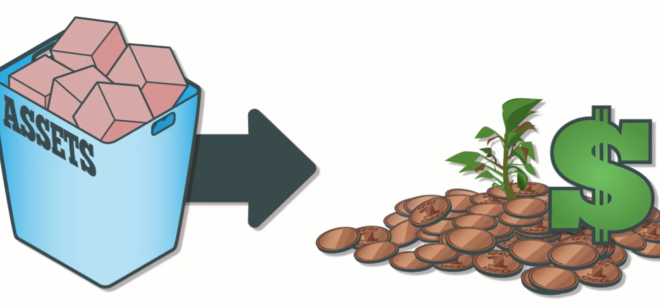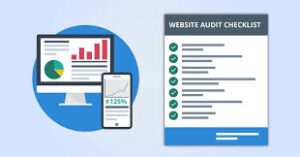

Analyzing Long-Term Liabilities on a Showroom’s Balance Sheet
When evaluating the financial health of a showroom or any business, understanding its long-term liabilities, such as loans, is crucial. These liabilities represent financial obligations that extend beyond the current accounting period. Because It can have a significant impact on both company’s operations and profitability. Let’s delve into the concept of long-term liabilities on a showroom’s balance sheet and explore their implications.
Definition of Long-Term Liabilities
Long-term liabilities refer to financial obligations that are not due within the next accounting period, typically extending beyond one year. They encompass loans, mortgages, bonds, and other forms of debt that the company has incurred to finance its operations or investments. Unlike short-term liabilities, which are due within one year, long-term liabilities have a more extended repayment schedule and may require the company to make periodic interest and principal payments over several years.
Identifying Long-Term Liabilities on a Showroom’s Balance Sheet
When examining a showroom’s balance sheet, long-term liabilities are typically listed under the “Liabilities” section, separated from short-term liabilities by their maturity date. Common examples of long-term liabilities that may appear on a showroom’s balance sheet include:
- Bank Loans: Showrooms may obtain long-term loans from banks or financial institutions to finance various aspects of their operations, such as inventory purchases, equipment acquisition, or showroom expansions. These loans typically have a fixed repayment schedule and may require the showroom to make monthly or quarterly payments over several years.
- Mortgages: If the showroom owns its premises or other real estate properties, it may have taken out a mortgage to finance the purchase. Mortgages are long-term liabilities that involve regular payments of principal and interest over an extended period, often spanning decades.
- Equipment Financing: Showrooms often invest in specialized equipment and machinery to support their operations, such as display fixtures, vehicles, or manufacturing equipment. Equipment financing arrangements, such as leases or installment loans, represent long-term liabilities that entail regular payments over the term of the agreement.
- Bonds Payable: In some cases, showrooms may issue bonds to raise capital from investors. Bonds are long-term debt instruments that obligate the issuer to make periodic interest payments to bondholders and repay the principal amount at maturity. Bonds payable record as long-term liabilities on the balance sheet.
Implications of Long-Term Liabilities
Long-term liabilities play a critical role in the financial management of showrooms and impact various aspects of their operations:
- Financial Health: The amount and nature of long-term liabilities on a showroom’s balance sheet provide insights into its financial health and leverage. Because, Excessive debt levels may indicate financial risk and could strain the showroom’s cash flow if it struggles to meet its debt obligations.
- Interest Expense: Long-term liabilities often incur interest expenses, which represent the cost of borrowing for the showroom. Managing interest expenses effectively is essential to maintain profitability and financial sustainability.
- Capital Structure: Long-term liabilities contribute to the showroom’s overall capital structure, along with equity and short-term liabilities. Balancing the mix of debt and equity financing is crucial to optimize the showroom’s cost of capital and maximize shareholder value.
- Creditworthiness: Lenders and investors assess a showroom’s long-term liabilities as part of their evaluation of its creditworthiness and risk profile. Showrooms with a sound debt management strategy and a history of timely debt repayment are more likely to attract favorable financing terms and investor confidence.
Conclusion
Therefore, Long-term liabilities are a fundamental aspect of a showroom’s financial landscape. It represents significant financial obligations that extend beyond the current accounting period. By understanding the nature, implications and management of long-term liabilities, showroom owners and stakeholders can make informed decisions to optimize their financial performance, mitigate risk and sustain long-term growth and profitability. So, Regular monitoring of the showroom’s balance sheet and proactive debt management are essential practices to ensure both financial stability and resilience in a dynamic business environment.
To visit: https://www.mca.gov.in/
 For further details access our website: https://vibrantfinserv.com
For further details access our website: https://vibrantfinserv.com